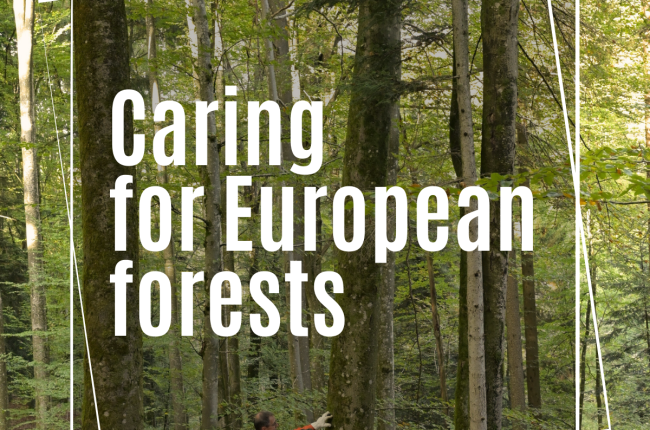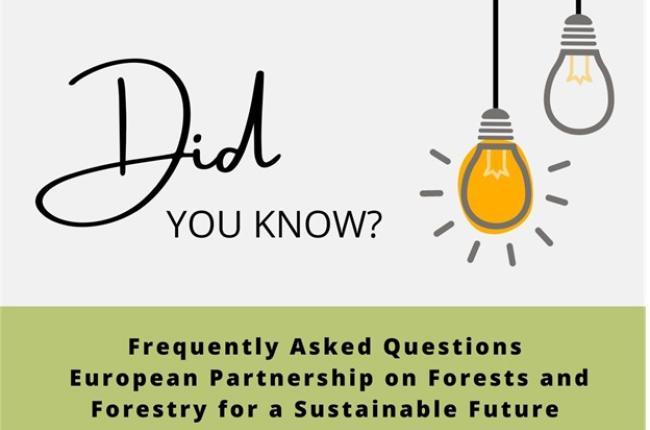The strategy and an in depth-analysis in support of the Commission communication presents the EU’s vision that can lead to achieving net-zero greenhouse gas emissions by 2050. By then the world will have a 30% higher population compared to today, with a changing climate affecting ecosystems and global land use.
From forest owners’ perspective, it is positive that the strategy acknowledges that the sustainable biomass production plays an important role in achieving climate and energy goals. It is crucial that the forests are not solely seen as a way of offsetting other sectors’ emissions. Forests and sustainable forest management contribute to climate change mitigation and adaptation in three different ways, by enhancing CO2 sequestration, carbon storage in forests and in forest-based products as well as via substitution of fossil-based raw materials by renewable ones. Further mobilisation of sustainable domestic forest resources is key in the transition towards fossil-free societies.
The European Parliament Environmental Committee (COM ENVI) draft motion for a resolution on the strategy was voted in COM ENVI in February. Plenary vote was held in March. In general, the adopted resolution provides a balanced view as regards the role of forests in climate change mitigation. However, even more emphasis could have been put to the bioeconomy and climate change adaptation as well as need for more resilient forests in order to tackle natural disturbances such as forest fires, storms, pests and droughts.




